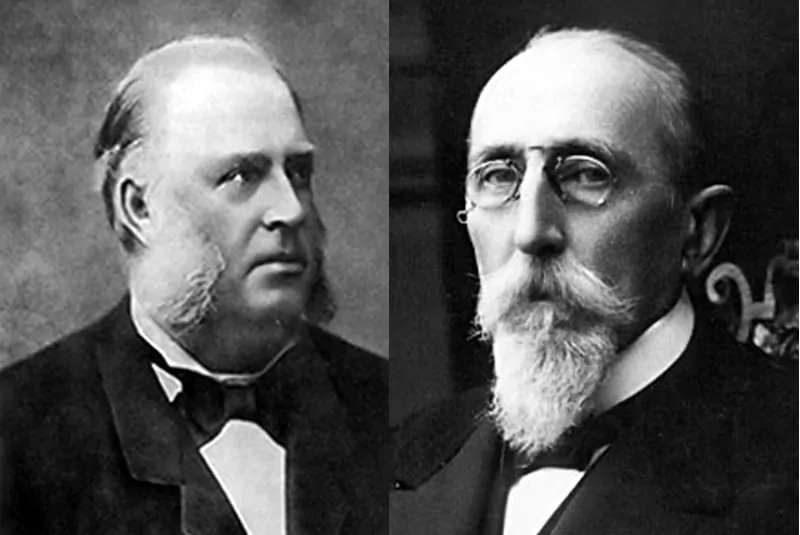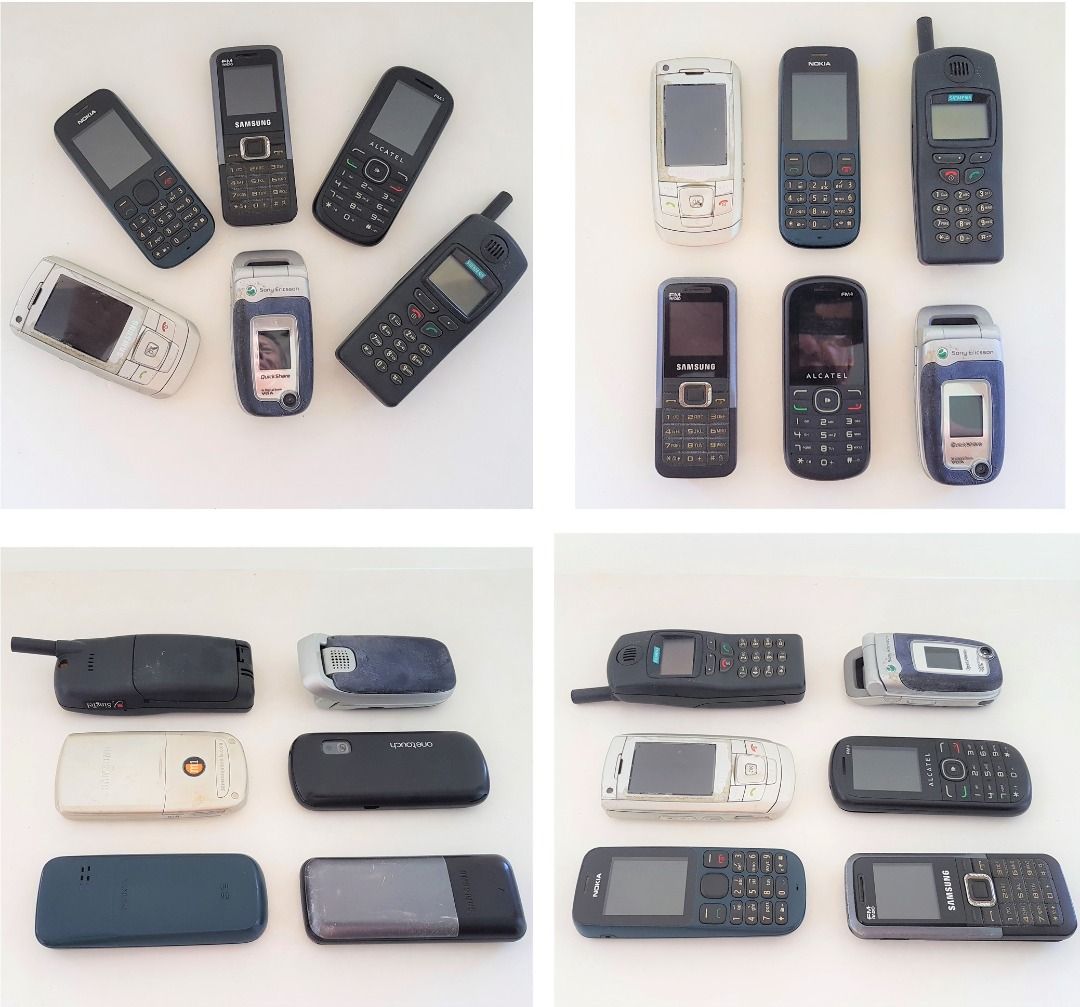Nokia's Rise, Dominance, and Challenges in Telecommunications
 In the annals of telecommunications history, few names resonate as profoundly as Nokia. The Finnish company has been a cornerstone of the mobile industry, shaping its trajectory from its early days of rubber boots and paper production to its current status as a global leader in telecommunications technology. In this 1000-word exploration, we delve into Nokia's journey, tracing its evolution, milestones, challenges, and innovations that have defined its legacy.
In the annals of telecommunications history, few names resonate as profoundly as Nokia. The Finnish company has been a cornerstone of the mobile industry, shaping its trajectory from its early days of rubber boots and paper production to its current status as a global leader in telecommunications technology. In this 1000-word exploration, we delve into Nokia's journey, tracing its evolution, milestones, challenges, and innovations that have defined its legacy.
Origins and Early Ventures:
Nokia's origins can be traced back to 1865 when Fredrik Idestam established a wood pulp mill in Finland, laying the groundwork for what would become Nokia Corporation. Over the decades, the company diversified into various industries, including rubber, cable, and electronics. However, it was in the 1980s that Nokia made its pivotal move into telecommunications.
Mobile Revolution and Leadership: The 1980s marked the dawn of the mobile revolution, and Nokia positioned itself at the forefront of this burgeoning industry. In 1981, Nokia launched the Mobira Senator, its first mobile phone, which weighed a hefty 10 kilograms but represented a significant leap forward in wireless communication technology. Throughout the 1990s, Nokia consolidated its position as a leading mobile phone manufacturer, introducing iconic devices like the Nokia 2110, which became synonymous with reliability and innovation.
The 1980s marked the dawn of the mobile revolution, and Nokia positioned itself at the forefront of this burgeoning industry. In 1981, Nokia launched the Mobira Senator, its first mobile phone, which weighed a hefty 10 kilograms but represented a significant leap forward in wireless communication technology. Throughout the 1990s, Nokia consolidated its position as a leading mobile phone manufacturer, introducing iconic devices like the Nokia 2110, which became synonymous with reliability and innovation.
Dominance in the Mobile Market: By the turn of the millennium, Nokia had achieved unparalleled success, dominating the global mobile phone market with its diverse product portfolio. The company's commitment to innovation and user-centric design earned it a loyal customer base and propelled its meteoric rise to the top. From the introduction of customizable phone covers to the integration of cutting-edge features like cameras and internet connectivity, Nokia continuously pushed the boundaries of what was possible in mobile technology.
By the turn of the millennium, Nokia had achieved unparalleled success, dominating the global mobile phone market with its diverse product portfolio. The company's commitment to innovation and user-centric design earned it a loyal customer base and propelled its meteoric rise to the top. From the introduction of customizable phone covers to the integration of cutting-edge features like cameras and internet connectivity, Nokia continuously pushed the boundaries of what was possible in mobile technology.
Challenges and Adaptation:
However, Nokia's ascent was not without its challenges. The emergence of competitors, particularly Apple's iPhone and Android-powered devices, posed a formidable threat to its market dominance. Nokia initially struggled to adapt to the rapidly evolving landscape, clinging to its Symbian operating system while competitors embraced more modern platforms. Internal organizational issues and strategic missteps further compounded the company's woes, leading to a decline in market share and profitability.
Partnerships and Strategic Shifts:
In response to mounting pressure, Nokia underwent a series of strategic shifts aimed at revitalizing its business. In 2011, the company entered into a strategic partnership with Microsoft, adopting the Windows Phone platform for its smartphones in a bid to regain relevance in the market. While the partnership yielded some promising results, including critically acclaimed devices like the Lumia series, it ultimately failed to reverse Nokia's fortunes in the face of fierce competition from iOS and Android.
Reinvention and Resurgence:
Innovation and Future Prospects:
Today, Nokia continues to be at the forefront of innovation, driving advancements in wireless technology and shaping the future of connectivity. The company's relentless pursuit of excellence has led to breakthroughs in areas such as 5G network infrastructure, optical networking, and digital automation, positioning it as a key player in the ongoing digital transformation.
Nokia's journey is a testament to the power of innovation, resilience, and adaptation in the face of adversity. From its humble beginnings as a paper mill in Finland to its current status as a global leader in telecommunications, Nokia has weathered numerous challenges and emerged stronger each time. While the mobile landscape may have evolved since the days of the Mobira Senator, Nokia's commitment to pushing the boundaries of technology remains unwavering, ensuring that it will continue to shape the future of connectivity for years to come.
Global Impact and Social Responsibility:
Beyond its technological innovations, Nokia's impact extends into social responsibility and sustainability. The company has made significant strides in reducing its environmental footprint, with initiatives focused on energy efficiency, responsible sourcing, and waste reduction. Additionally, Nokia is committed to bridging the digital divide by providing connectivity solutions to underserved communities worldwide, empowering them with access to information, education, and economic opportunities.
Cultural Influence and Iconic Designs: Nokia's influence transcends the realm of technology, permeating popular culture and design. Iconic Nokia phones, such as the indestructible Nokia 3310 and the sleek Nokia 8800, have achieved cult status among consumers and continue to evoke nostalgia for a bygone era of mobile communication. The company's minimalist design philosophy and commitment to usability have left an indelible mark on the industry, shaping consumer expectations and inspiring generations of designers.
Nokia's influence transcends the realm of technology, permeating popular culture and design. Iconic Nokia phones, such as the indestructible Nokia 3310 and the sleek Nokia 8800, have achieved cult status among consumers and continue to evoke nostalgia for a bygone era of mobile communication. The company's minimalist design philosophy and commitment to usability have left an indelible mark on the industry, shaping consumer expectations and inspiring generations of designers.
Ongoing Challenges and Future Outlook: Despite its storied history and continued innovation, Nokia faces ongoing challenges in an increasingly competitive and rapidly evolving market. The rise of new players, such as Chinese telecommunications giants Huawei and Xiaomi, poses fresh challenges to Nokia's market position, while geopolitical tensions and regulatory hurdles add further complexity to its global operations. However, Nokia remains steadfast in its commitment to delivering value to its customers, leveraging its technological expertise and industry partnerships to navigate these challenges and seize opportunities for growth.
Despite its storied history and continued innovation, Nokia faces ongoing challenges in an increasingly competitive and rapidly evolving market. The rise of new players, such as Chinese telecommunications giants Huawei and Xiaomi, poses fresh challenges to Nokia's market position, while geopolitical tensions and regulatory hurdles add further complexity to its global operations. However, Nokia remains steadfast in its commitment to delivering value to its customers, leveraging its technological expertise and industry partnerships to navigate these challenges and seize opportunities for growth.
Conclusion:
In conclusion, Nokia's journey is a testament to its resilience, adaptability, and enduring commitment to innovation. From its pioneering days in mobile telephony to its current leadership in telecommunications infrastructure, Nokia has continually reinvented itself to meet the evolving needs of consumers and businesses worldwide. As the world becomes increasingly interconnected and reliant on digital technology, Nokia's role as a catalyst for progress and connectivity is more vital than ever. With a rich legacy of innovation behind it and a future full of promise ahead, Nokia stands poised to shape the next chapter in the story of telecommunications and beyond.










































![[ℕ𝕖𝕧𝕖𝕣] 𝕊𝕖𝕝𝕝 𝕐𝕠𝕦𝕣 𝔹𝕚𝕥𝕔𝕠𝕚𝕟 - Is Trump Dying? Or Only Killing The Market?](https://cdn.bulbapp.io/frontend/images/a129e75e-4fa1-46cc-80b6-04e638877e46/1)












